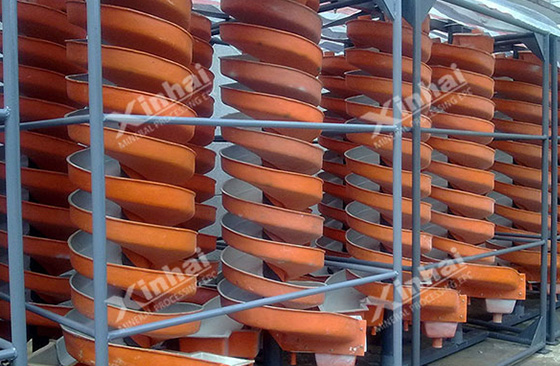Heavy medium refers to a medium with a density greater than that of water, which includes heavy liquids and heavy suspensions. In mineral processing, heavy medium beneficiation involves separating minerals using this medium. For example, magnetite mineral processing relies on a heavy medium with a density between that of heavy minerals and light minerals, allowing light minerals to float while heavy minerals sink. Due to the high cost of heavy liquid, heavy floating liquid is often optimized for industrial production. This liquid typically consists of heavy medium and water, with magnetite powder being a key component.

Heavy medium magnetite powder is characterized by its inertia, high relative density, and ease of recycling, making it ideal for coal separation. However, natural magnetite often contains other elements that reduce its density and magnetic properties. Elements with similar ionic radii, such as Ti4+, Mg2+, and Mn2+, can replace iron ions in the magnetite, decreasing its magnetic properties and affecting the characteristics of the floating liquid, thereby increasing the consumption of the heavy medium.
To ensure the optimal use of heavy magnetite powder, the following inspections should be conducted:
1. Moisture content of the magnetite powder
2. Particle size of the magnetite powder
3. Content of magnetic matter in the magnetite powder
4. True density of the magnetite powder
5. Full iron content of the magnetite powder
6. Content of Fe2+ in the magnetite powder

When selecting heavy medium magnetite powder for coal separation, the main factors to consider are the content, particle size, and density of the magnetic materials. Daily inspections should focus on the magnetic material content and moisture of -325 mesh, with other elements inspected less frequently once these primary indices are met.
Xinhai is committed to providing advanced, practical solutions and high-efficiency, energy-saving equipment, ensuring attentive service to help you build the most profitable modern mining enterprises.


 marketing@ytxinhai.com
marketing@ytxinhai.com  0086 13810327080
0086 13810327080 






































































































 CHAT
CHAT MESSAGE
MESSAGE



